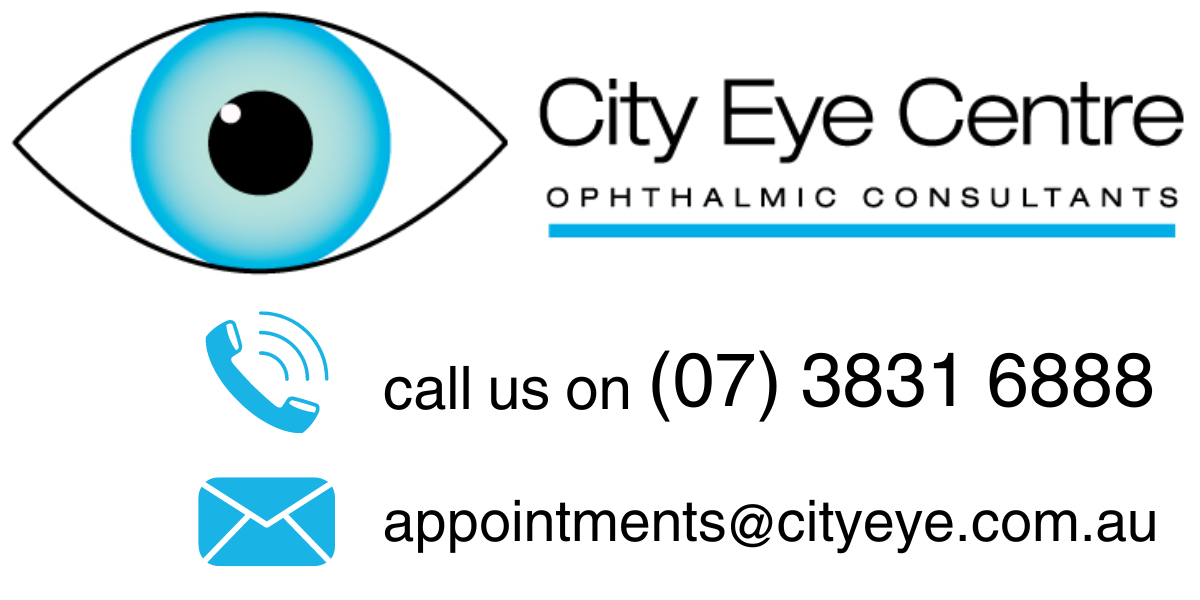INDOCYANINE GREEN (ICG) ANGIOGRAPHY
Indocyanine green angiography (ICG) is a similar procedure to fluorescein angiography. However, it involves a different diagnostic dye that circulates through to the deeper part of the eye.
The procedure usually takes about half an hour to complete. We take photographs of the retina, choroid and the blood vessels with a specialized camera as the dye circulates through the blood stream to the choroidal and retinal circulation. The ICG angiography allows a detailed evaluation of any blockage, leakage of dye, or areas of ischaemia (poor circulation) in the choroid. It is particularly useful for patients with polypoidal choroidopathy (a variant of macular degeneration).
During the procedure, you will experience bright flashes of light from the camera. After having an ICG angiogram, we advise that you are accompanied by a family member or friend. Additionally, we advise that you do not drive home yourself after the appointment.
The risks associated with injection of ICG are low. Most patients do not experience any significant side effects. In rare cases, ICG can cause nausea and allergic reactions. If you have an allergy to iodine, shellfish, certain cough mixture, betadine or other iodine contrast agents, this procedure would be contraindicated.

